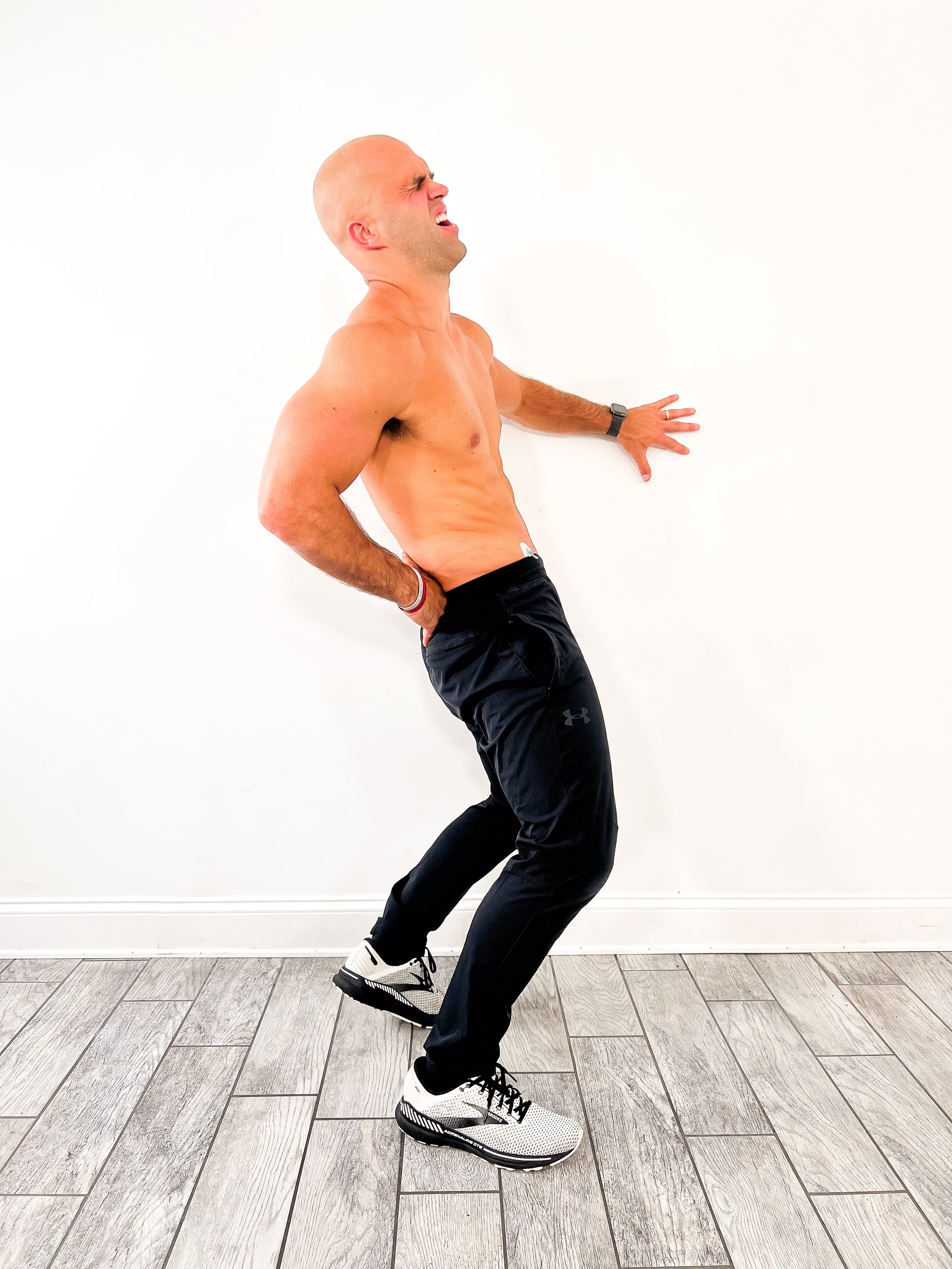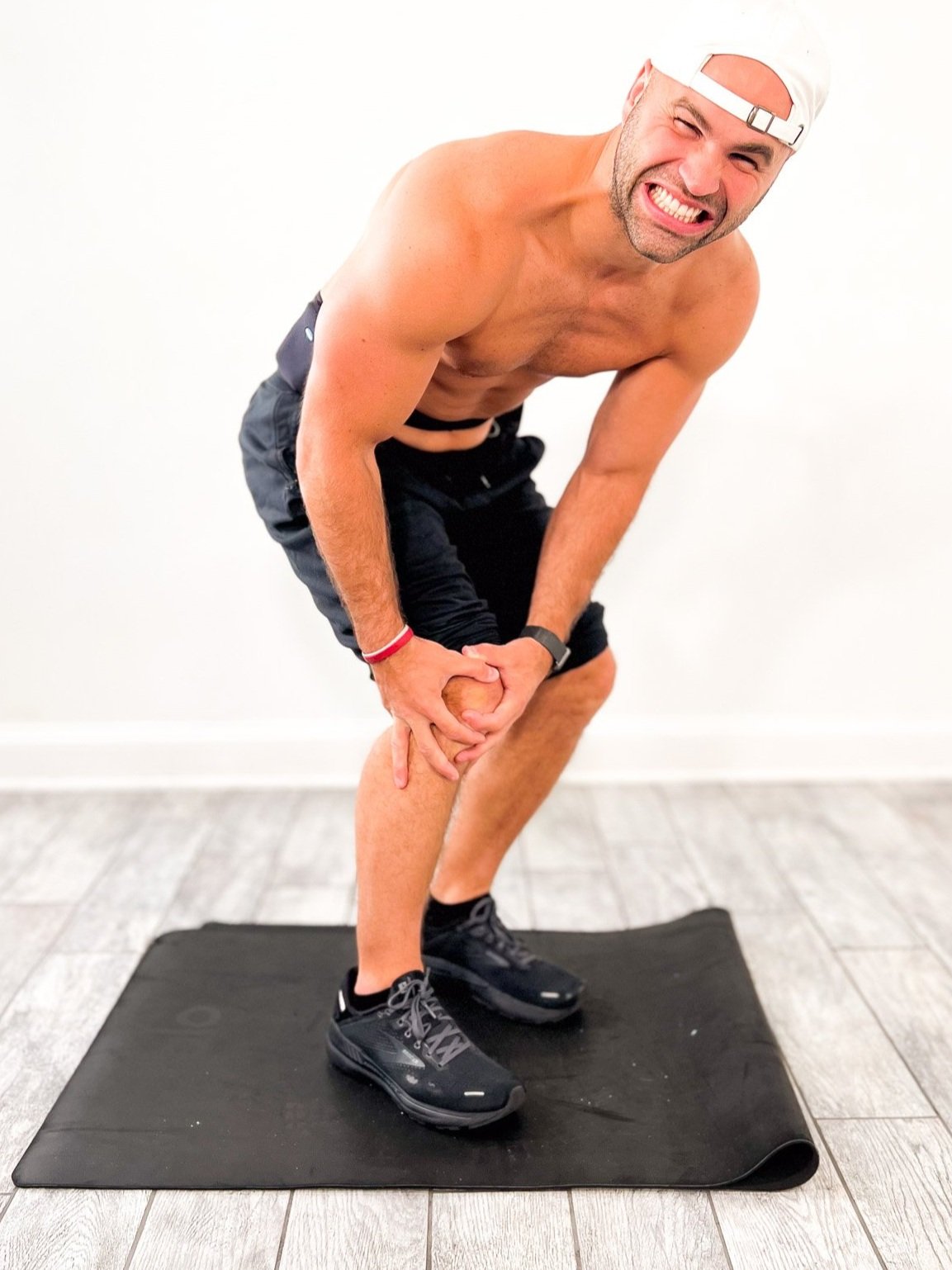Tone Your Arms
The top two complaints I hear all the time from new clients are about their arms and belly area. As far as arms are concerned, they want to see definition and they don’t know how to achieve the results they desire. First of all, everyone’s body is different. Stop comparing yourself to other people. Secondly, YES you can ABSOLUTELY see results if you put in the work. REMINDER: YOU MUST TAKE STRENGTH CLASSES. Strength classes are just as important as the cardio classes. I am going to break down a few points when it comes to arms and include a workout that you can do anytime, anywhere.
USE CODE WELCOME23 TO GET YOUR FREE MONTH - CLICK HERE TO BE USE YOUR CODE NOW!
5 TIPS TO CREATE DEFINITION IN YOUR ARMS
1. GO SLOW! Each exercise should be performed slowly to be sure you are really engaging the appropriate muscles and your technique is correct.
2. “Take each set to failure. If there is no struggle, you are not building strength. When you first pick up the weights, you should be able to complete several reps before, but the last few repetitions should be a struggle. Allow yourself to struggle, but do not sacrifice proper form for struggle. If you cannot complete the exercise in proper form, stop and move on to the next exercise.” - Katie Corkill. She said this perfectly - you MUST pick up heavy weights. If you don’t notice that you are struggling by the end of the rep, pick up more weight. Many people make the mistake of sticking with a particular dumbbell weight and not increasing the weight over time. This is a HUGE mistake. PICK UP HEAVIER WEIGHTS.
3. Perform a variety of exercises for each muscle group. To see the greatest benefit from your efforts, you should incorporate various exercises that work the same muscle or muscle group in order to work as many muscle fibers within the muscle as possible. Meaning, you should come to my classes so that I can offer a variety of workouts that are safe and effective.
4. Utilize “negative repetitions” to fatigue the muscle further than a normal set can. Every muscle strengthening exercise has two parts: eccentric and concentric. The act of exertion of pushing or pulling a weight (the actual lift) is the concentric part of the exercise. The eccentric part is the motion of returning or lowering the weight to the starting position. A “negative rep” is a controlled lowering of the bar or weight back to starting position. For example, to complete negative reps on a bicep curl, take two to three times longer to lower the weight as it takes you to lift it. Cue - when I make you do slow exercises.
5. Use isometrics to fatigue the muscle at the end of the workout. During isometric exercise, one muscle or group of muscles is contracted without moving. When lifting weights or doing body weight exercises, hold the position for 60 seconds, rest for 30 seconds then repeat three to five times. Isometrics doesn’t necessarily build strength, but it does help maintain muscle strength and tone. Isometric exercises are done in only one position at a time, so they will only improve strength in that one position. Do isometric exercises with various muscle groups to improve overall muscle strength.











Reaching a plateau in your fitness journey is a common experience, but it's also a call to action to refine your strategy for continued progress. Integrating higher protein intake, focused strength training, and the principle of progressive overload into your routine can significantly impact your ability to move past stagnation. Our fitness classes are specifically designed to adapt to your evolving fitness needs, ensuring that you're always challenged and never plateau for long.